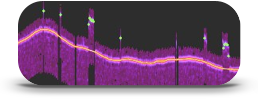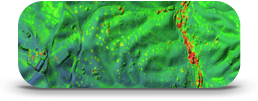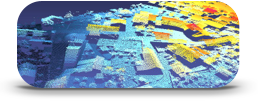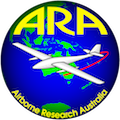Something went wrong during your data collection? Contact us for a free evaluation!
We keep innovating
Our data processing utilizes unique probabilistic techniques that allow you to offer better data and reduce collection costs.

Consulting Services
We design innovative LiDAR processing solutions for airborne and terrestrial laser scanning. We analyze, model and process your data to make laser ranging enter the information era; we also help you define the data collection requirements that best fit your needs.

Software Packages
Our custom LiDAR processing software deliver unmatched performance. We develop specific, highly optimized software that can run on multiple platforms. Your benefits: improved accuracy, reduced project costs, plus remote calibration and full support.
Custom processing solutions for higher quality laser scanning
Frustrated with money-wasting practices such as flight line edge cutting, flying low, and calibration lines? We leverage the power of Bayesian inference to make the best use of all available data without throwing away useful information. Our approaches allow you to fly higher and still get high quality results, thus reducing collection costs. And use only regular flight lines to perform alignment and calibration tasks.
LiDAR & DEM accuracy: a hot topic
EDITION 2, Version 1.0, August 2023
USGS 3D Elevation Program:
Topographic Data Quality Levels
Global topography, vegetation structure, uncertainty quantification:
NASA Surface Topography and Vegetation (STV)
NGP Standards and Specifications:
USGS LiDAR Base Specification
The Universal LiDAR Error Model:
PE&RS 07/2015 81(7) DOI: 10.14358/PERS.81.7.543
Fugro EarthData's Quarterly Newsletter:
The Call for a New Lidar Accuracy Reporting Framework
FEMA Procedure Memorandum No. 61:
Standards for Lidar and Other High Quality Digital Topography
S.P. Wechsler and C.N. Kroll, PE&RS 2006:
Quantifying DEM Uncertainty and its Effect on Topographic Parameters
BayesStripAlign 2.2: improve the geometric accuracy for large datasets
Version 2.2 [Windows, Linux, MacOS] available now!
Attitude and position errors are one of the major source of uncertainty in airborne LiDAR. Thanks to swath overlaps, these errors can be reduced using a procedure called strip adjustment. Points clouds are automatically registered onto each other which effectively decreases discrepancies between swaths, and improves relative and absolute accuracy.












